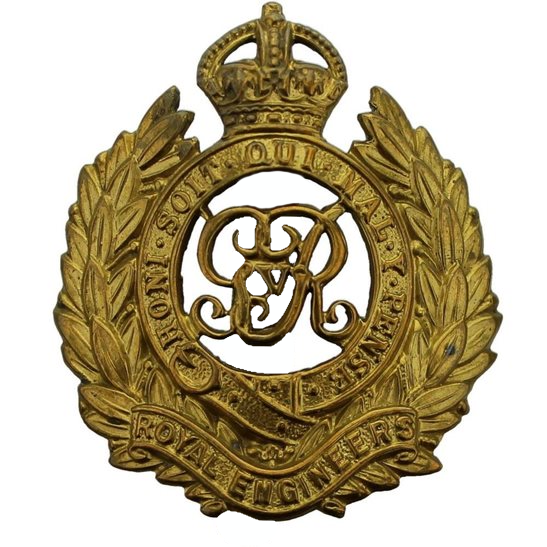Personal Details
Born: 2 October 1885 in Market Drayton, Shropshire and baptised on 25 October 1885 in Little Drayton Parish Church, Shropshire.
Family: He was the fourth of five children born to Jabez Lloyd, a shoemaker, and his wife Prudence, nee Lawton. He married Clara Edge in 1907 in Whitchurch, Shropshire. The couple had one son, Frank, born in 1910.
Residence: In 1891 Frank`s family were living at Doublegates, Drayton in Hales, Market Drayton, Shropshire. Ten years later their address was Shrewsbury Road, Little Drayton. In 1911 and now married Frank had moved to 53 Edgerton Road, Whitchurch. This continued to be his home until his death in 1957.
Employment: In 1901 he was described as an errand boy, but ten years later he was a travelling draper. In 1939 his occupation had changed and he was tinsmith, making dairy equipment.
Died: In 1957 in The Cottage Hospital, Whitchurch, Shropshire, aged 72, and buried in Whitchurch Cemetery on 2 January 1958.
Military Details
Regiment: Royal Engineers (previously Herefordshire Regiment)
Rank: Sapper
Service Number: 447121 (previously 3383 and 237020)
Date of Enlistment: Not known
Date of Discharge: Not known
Reason for Discharge: Not known
Frank was awarded the Campaign Medals (British War Medal, and Victory Medal)

The British War Medal (also known as 'Squeak') was a silver or bronze medal awarded to officers and men of the British and Imperial Forces who either entered a theatre of war or entered service overseas between 5th August 1914 and 11th November 1918 inclusive. This was later extended to services in Russia, Siberia and some other areas in 1919 and 1920. Approximately 6.5 million British War Medals were issued. Approximately 6.4 million of these were the silver versions of this medal. Around 110,000 of a bronze version were issued mainly to Chinese, Maltese and Indian Labour Corps. The front (obv or obverse) of the medal depicts the head of George V. The recipient's service number, rank, name and unit was impressed on the rim.
The Allied Victory Medal (also known as 'Wilfred') was issued by each of the allies. It was decided that each of the allies should each issue their own bronze victory medal with a similar design, similar equivalent wording and identical ribbon. The British medal was designed by W. McMillan. The front depicts a winged classical figure representing victory. Approximately 5.7 million victory medals were issued. Interestingly, eligibility for this medal was more restrictive and not everyone who received the British War Medal ('Squeak') also received the Victory Medal ('Wilfred'). However, in general, all recipients of 'Wilfred' also received 'Squeak' and all recipients of The 1914 Star or The 1914/1915 Star (also known as 'Pip') also received both 'Squeak' and 'Wilfred'. The recipient's service number, rank, name and unit was impressed on the rim.

